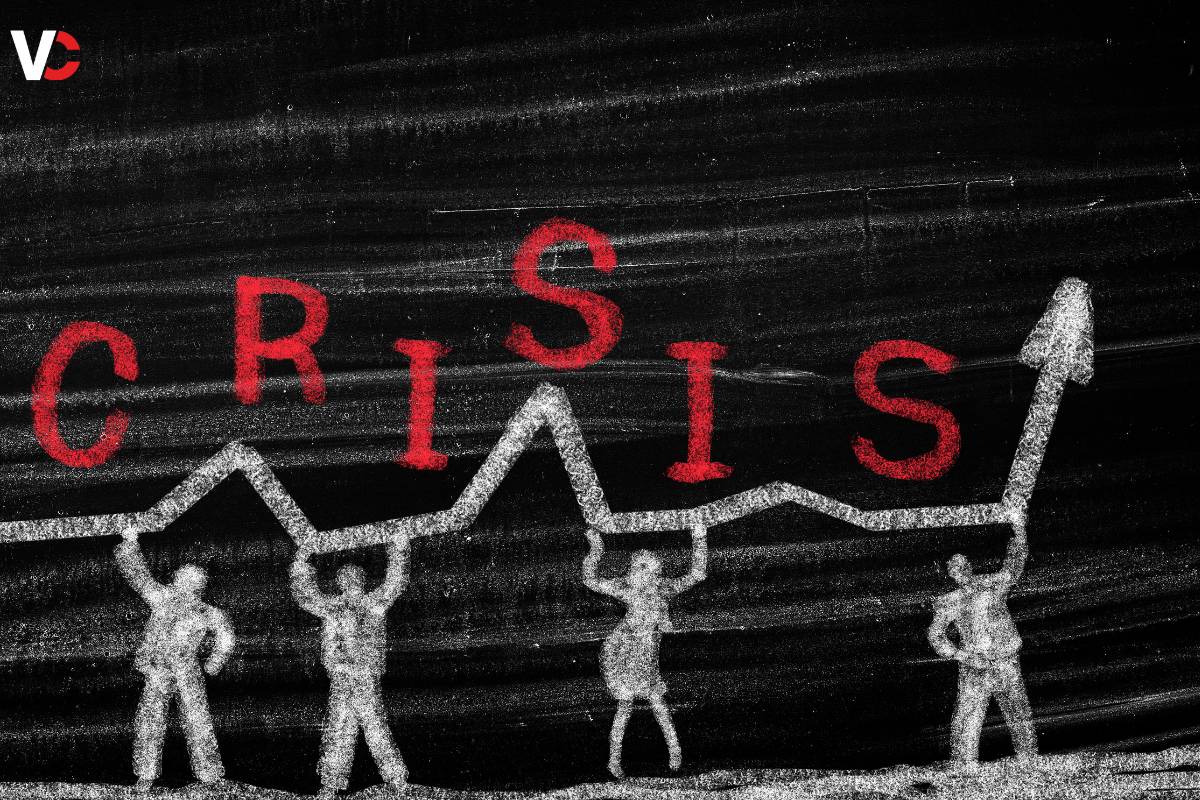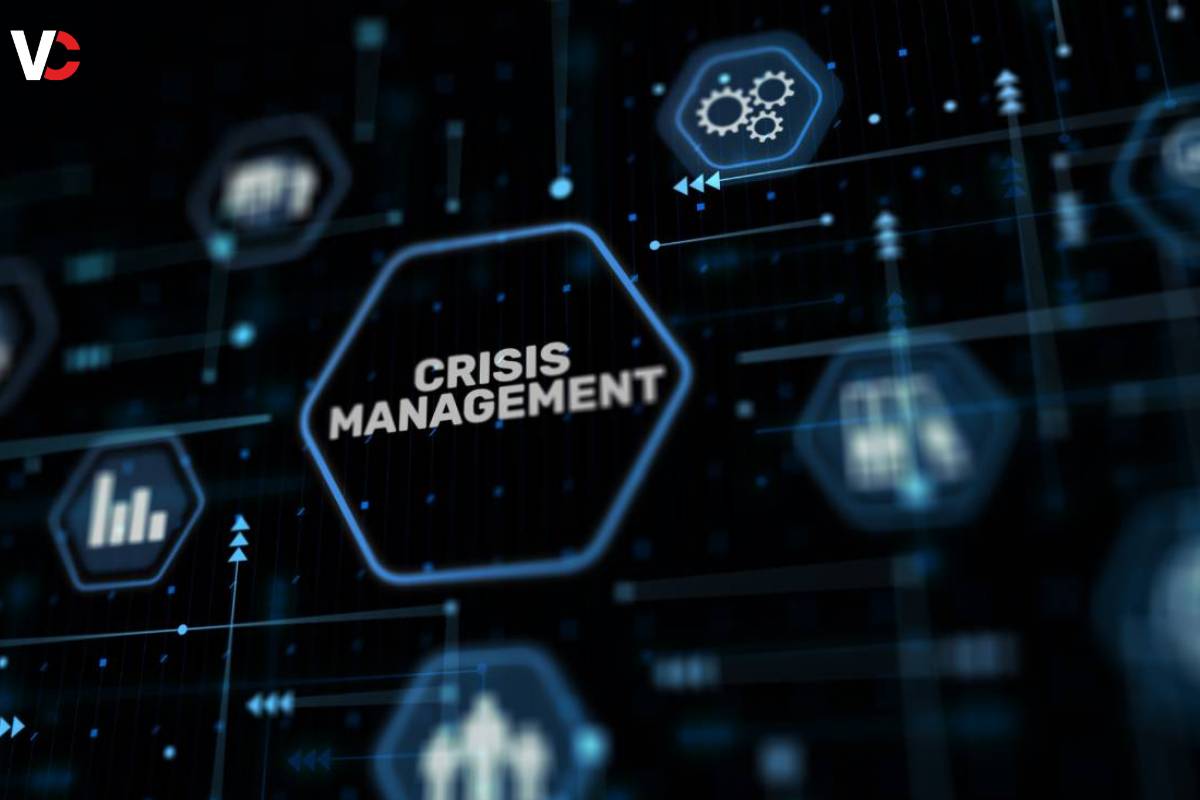In today’s dynamic and unpredictable business landscape, crises can strike at any moment, threatening the stability and reputation of organizations. Effective crisis management is paramount for mitigating risks, minimizing damage, and safeguarding the interests of stakeholders. In this comprehensive guide, we explore the principles, strategies, and best practices of crisis management, empowering organizations to respond swiftly and decisively when faced with adversity.
Understanding Crisis Management:
Crisis management is the process of preparing for, responding to, and recovering from unexpected events or situations that pose significant threats to an organization’s operations, reputation, or stakeholders. It involves identifying potential crises, implementing proactive measures to prevent or mitigate risks, and executing strategic plans to navigate through crises when they occur.
Key Components of Crisis Management:

1. Preparedness
Effective crisis management begins with proactive preparedness. Organizations must anticipate potential crises, assess vulnerabilities, and develop comprehensive crisis management plans that outline roles, responsibilities, and protocols for response and recovery.
2. Response
When a crisis occurs, organizations must respond swiftly and decisively to mitigate risks and minimize damage. This may involve activating crisis management teams, communicating with stakeholders, and implementing emergency measures to ensure the safety and well-being of employees, customers, and the community.
3. Communication
Transparent and timely communication is critical during a crisis. Organizations must keep stakeholders informed, provide accurate and up-to-date information, and address concerns and inquiries promptly to maintain trust and credibility.
4. Adaptability
Crises are often fluid and evolving situations, requiring organizations to remain agile and adaptable in their response strategies. Flexibility and the ability to adjust course based on changing circumstances are essential for effective crisis management.
5. Recovery
Once the immediate crisis has passed, organizations must focus on recovery and rebuilding efforts. This may involve assessing the extent of damage, implementing corrective actions, and restoring operations and stakeholder confidence.
Strategies for Effective Crisis Management:

1. Risk Assessment
Conduct regular risk assessments to identify potential threats and vulnerabilities, both internal and external, and develop mitigation strategies to address them.
2. Crisis Planning
Develop comprehensive crisis management plans that outline roles, responsibilities, and protocols for response and recovery. Ensure that plans are regularly reviewed, updated, and communicated to relevant stakeholders.
3. Training and Drills
Provide training to employees on crisis management procedures and conduct regular drills and simulations to test the effectiveness of response plans and enhance preparedness.
4. Communication Protocols
Establish clear communication protocols for internal and external stakeholders, including designated spokespersons, communication channels, and escalation procedures.
5. Collaboration and Coordination
Foster collaboration and coordination among internal departments, external partners, and relevant authorities to ensure a cohesive and unified response to crises.
Real-World Examples of Crisis Management:

1. Tylenol Poisoning Crisis
In 1982, Johnson & Johnson faced a crisis when seven people died from cyanide-laced Tylenol capsules. The company responded swiftly by recalling 31 million bottles of Tylenol, redesigning packaging to prevent tampering, and implementing a transparent communication strategy. Johnson & Johnson’s decisive actions and commitment to customer safety helped restore public trust and confidence in the brand.
2. BP Oil Spill
Following the Deepwater Horizon oil spill in 2010, BP faced intense scrutiny and backlash for its handling of the crisis. The company’s slow response, lack of transparency, and failure to communicate effectively exacerbated the situation, leading to long-term damage to its reputation and financial standing.
3. Toyota Recall
In 2009, Toyota faced a crisis when reports of unintended acceleration in its vehicles surfaced, leading to a massive recall of millions of vehicles worldwide. Toyota responded by acknowledging the issue, issuing apologies, and implementing corrective actions to address the safety concerns. Despite initial setbacks, Toyota’s transparent communication and commitment to customer safety helped mitigate the damage to its reputation.
Challenges and Opportunities in Crisis Management:
While effective crisis management can mitigate risks and protect organizational interests, it is not without challenges. Organizations may face obstacles such as limited resources, competing priorities, and the pressure to make decisions under uncertainty. However, crises also present opportunities for organizations to demonstrate resilience, leadership, and adaptability. By embracing these challenges and leveraging opportunities, organizations can emerge stronger and more resilient in the face of adversity.
Despite the significant benefits of effective crisis management, organizations often encounter numerous challenges in navigating through tumultuous times. These challenges may include:
1. Limited Resources
During a crisis, organizations may face resource constraints, including financial, human, and technological resources, which can hinder their ability to mount an effective response.
2. Competing Priorities
Balancing the demands of crisis management with ongoing business operations and strategic initiatives can be challenging. Organizations must prioritize effectively to ensure that critical issues are addressed promptly without neglecting other essential areas.
3. Pressure to Make Decisions Under Uncertainty
Crises often unfold rapidly and unpredictably, leaving decision-makers with limited time and incomplete information. The pressure to make high-stakes decisions under uncertainty can lead to anxiety, hesitation, and potential errors in judgment.
4. Reputational Damage
Crises can have far-reaching implications for an organization’s reputation and brand image. Negative publicity, social media backlash, and public scrutiny can tarnish trust and credibility, leading to long-term reputational damage.
However, amidst these challenges, crises also present opportunities for organizations to demonstrate resilience, leadership, and adaptability. Some of the opportunities that may arise include:
5. Building Trust and Confidence
Effective crisis management provides organizations with an opportunity to build trust and confidence among stakeholders by demonstrating transparency, accountability, and a commitment to addressing concerns promptly and effectively.
6. Learning and Growth
Crises can serve as learning experiences, enabling organizations to identify weaknesses, gaps, and areas for improvement in their crisis management processes. By reflecting on lessons learned and implementing corrective actions, organizations can enhance their preparedness and resilience for future crises.
7. Innovation and Creativity
Crises often require organizations to think outside the box and explore innovative solutions to complex problems. By fostering a culture of innovation and creativity, organizations can turn challenges into opportunities for growth and transformation.
8. Stakeholder Engagement
Crises provide an opportunity for organizations to engage with stakeholders, including employees, customers, suppliers, and the community, in meaningful ways. By soliciting feedback, addressing concerns, and involving stakeholders in decision-making processes, organizations can strengthen relationships and foster loyalty and support.
In conclusion, while crisis management poses significant challenges for organizations, it also offers opportunities for growth, learning, and resilience. By recognizing and embracing these challenges and opportunities, organizations can navigate through crises with confidence, emerge stronger and more resilient, and build a foundation for long-term success and sustainability.
Conclusion:
In conclusion, crisis management is a critical competency for organizations operating in today’s volatile and uncertain business environment. By adopting proactive preparedness, effective response strategies, and transparent communication practices, organizations can navigate through crises with confidence and resilience. The principles, strategies, and best practices of crisis management outlined in this guide provide a roadmap for organizations to protect their reputation, safeguard their stakeholders, and emerge stronger in the aftermath of adversity. By mastering crisis management, organizations can turn crises into opportunities for growth, innovation, and long-term success.
Also Read: Driving Success: The Power of Automobile Branding in the Modern Marketplace


















